Some films manage to revive old and traditional clichés in a fresh and compelling form, and Ole Bornedal’s ‘The Possession’ is one of them. Situating itself upon the premise of the “possessed-girl-saved-by-priest” trope that has been previously perfected by horror classics like ‘The Exorcist,’ the film ascends to deliver an oddly satisfying atmospheric horror drama. While the film has received a mixed reception from critics, the audience has reacted to the film in a positive way, thanks to the star ensemble led by the prolific Jeffrey Dean Morgan, Kyra Sedgwick of ‘Brooklyn Nine-Nine’ fame (you guessed it – its Wunch time!), and juvenile actress Natasha Calis.
Add minimalist, almost meditative cinematography that gives way to a breadth of vision, bleak visuals, optimum use of light, and a foreboding score to the menu, and the result is a fearful midnight watch. And after the ending’s calculated twist, the audience is bound to be left a little distraught. If you couldn’t follow the final moments of the film (maybe because you were too scared to open your eyes), we’ll try to break them down for you. SPOILERS AHEAD.
The Possession Plot Synopsis
In a prologue, we see an elderly woman looking intently at a box. She tries to break it open with a hammer but is dissuaded by an invisible energy, which violently tosses her over. The main story of the film begins with the depiction of a seemingly normal American family. Clyde is a basketball coach and an absent father, and his daughters Hannah and Emily live with their mother, Stephanie, and her boyfriend, Brett.
After practice, Clyde goes over to Stephanie’s to get his daughters’ custody. Clyde and Stephanie are recently divorced, and they struggle to give their daughters a semblance of normalcy. Clyde takes them to his new house, which is “in the middle of nowhere,” as Hannah points out. The daughters are coping with their parents’ breakup, and it’s a rough patch for everyone. While Emily is still hopeful that her parents will get back together, Hannah is a bitter teen who pretends not to care.
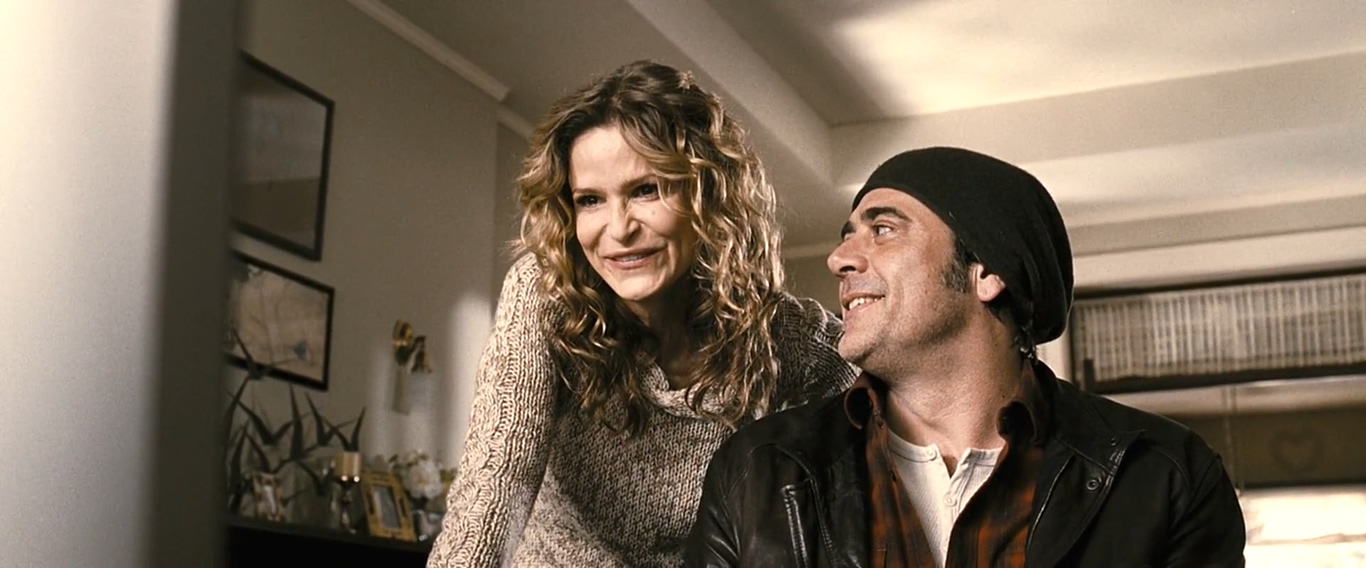
The next day, they go to a garage sale in the neighborhood, where Emily picks up the same box seen at the beginning of the film. She wanders off and stops before a fenced house. In the house, a frail woman with bandages all over her body looks at Emily and is seemingly horrified until the woman’s attendant pulls the curtains. Clyde finds it odd that there aren’t any seams in the box and concludes that the box can’t be opened.
However, dead at night, Emily hears a whispering voice and walks towards the box as if in a trance. She manages to open the box, which contains a miscellany of objects, including a tooth and a ring. Em wears the ring and sleeps, holding the box. Clyde goes to collect his things from Stephanie’s place and receives cold contempt against the expression of his disapproval of Brett, the dentist whom Stephanie is dating. Clyde takes her daughters back to his place, which has been ransacked by a raccoon, although the alleged “raccoon” chooses to remain invisible, escaping from the dog door as if a gust of wind.
The spirit calls her at night, and the following morning, Emily sits in a chair looking at the mirror in the box (the reflection is white-eyed, another classic trope of horror cinema), but as Clyde approaches her, she looks back at him normally. At the breakfast table, Emily stabs her father’s hand with a fork as if in a frenzy but later apologizes. The next thing we know, the whole house is infested by moths, and the daughters have to be rescued. Back at Stephanie’s place, the former couple has a moment, but Clyde, stuck in team practice, misses Hannah’s dance performance.
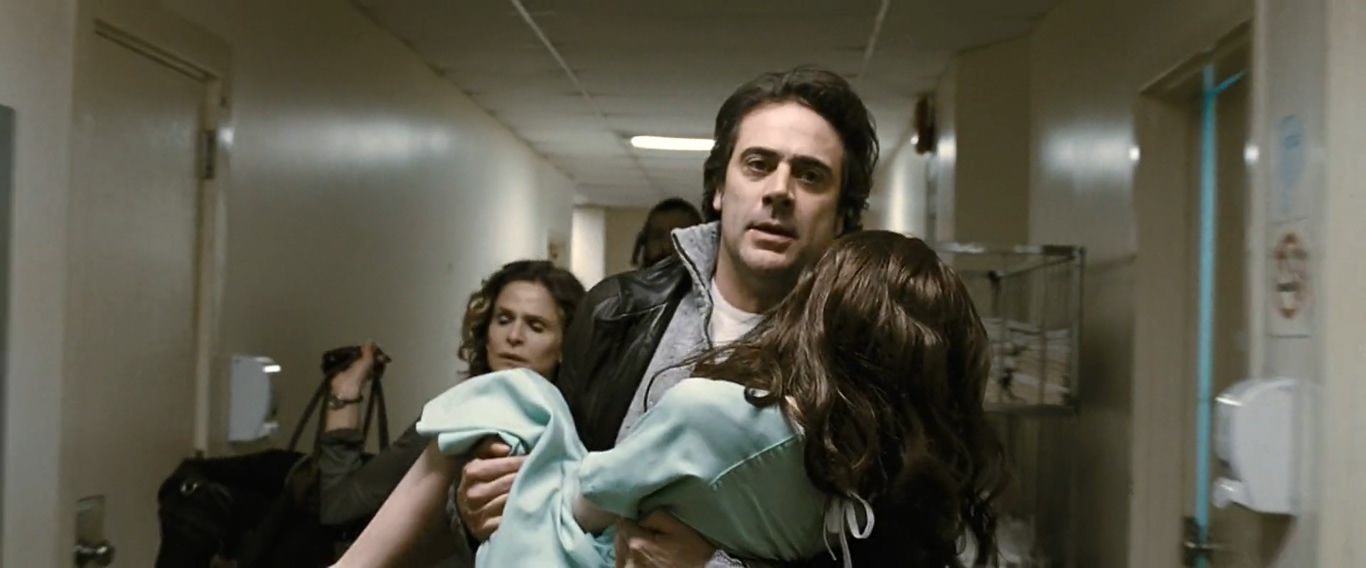
Emily’s aberrant behavior does not go unnoticed by teachers in the school, and her parents get summoned. Clyde connects changes in Emily’s behavior with the box and takes it to an eccentric Jewish professional in his college, according to whom the box is a “dibbuk box,” created to contain a malevolent spirit.
As the spirit takes complete control over Emily, who gets increasingly obsessed with the box, Clyde must stand outside the realm of science and look for clerical help to save his daughter from the ungodly entity. In the end, the spirit is contained, the family is saved, and everyone is happy. Although, some strands of thought remain to be tied back.
The Possession Ending: Is Tzadok Dead? Is the Spirit Contained?
In the final moments of the film, the evil spirit called Abyzou leaves Emily’s body and possesses Clyde instead. Tzadok, the priest, calls the dibbuk by its name to make it return to its box. The spirit leaves Clyde and advances towards the box. The camera uses blinking light to intensify the horror, closing in on the demon spirit. In a final moment of relief, Tzadok succeeds in containing the dibbuk. As the family overcomes the atmosphere of doom, the audience sees the four reunited at the dining table. Tzadok returns home in Clyde’s car with the box by his side, and in a final moment of reversal, the car is hit by a truck.
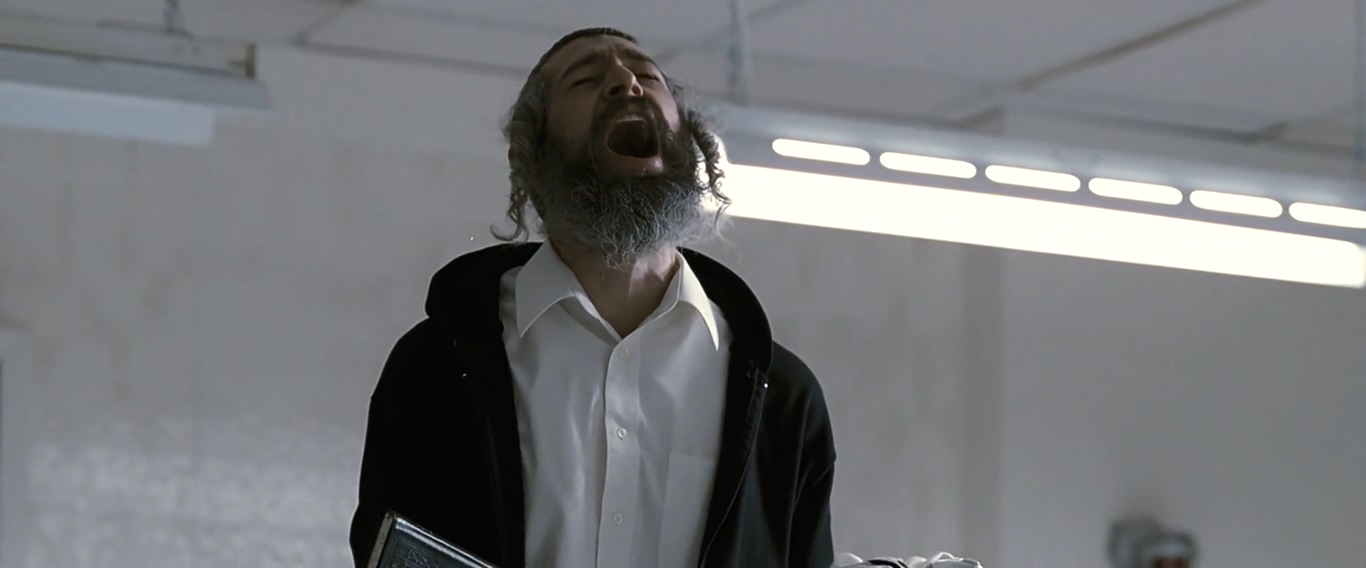
The camera captures the aftermath of the accident, and we see the box lying a bit further from the scene of the disaster. It seems that Tzadok is dead due to the accident, while the dibbuk waits in patience for its next prey. Is the accident merely a coincidence? The ominous tone of the film makes us think otherwise. It feels that the accident is somehow caused by the otherworldly spirit in the box, although there remains nothing to prove this. In the final moment of rupture, the film reinstates our belief in ghosts by toying with our perception. Now that the dibbuk is ready to possess another, it seems that a sequel is imminent.
Is the Family Back Together?
Since the beginning of the film, the family of Clyde, Stephanie, Hannah, and Emily go through a testing time in the aftermath of Clyde and Stephanie’s divorce. While they work together to take care of the daughters, they have seemingly gone their separate ways, with Clyde getting a job offer in North Carolina and Stephanie going into a relationship with Brett.
Clyde is further tossed aside by the rest when he allegedly slaps Emily, which, the audience knows, is not his own doing. He gets a restraining order and is rebuked by Stephanie, who does not have the patience to hear her husband’s plea. Clyde has been an absent father for the daughters, and their suspicion of him is probably justified. But when the supernatural being threatens Emily’s identity, the whole family comes together in a bleak time to fight the invisible enemy.
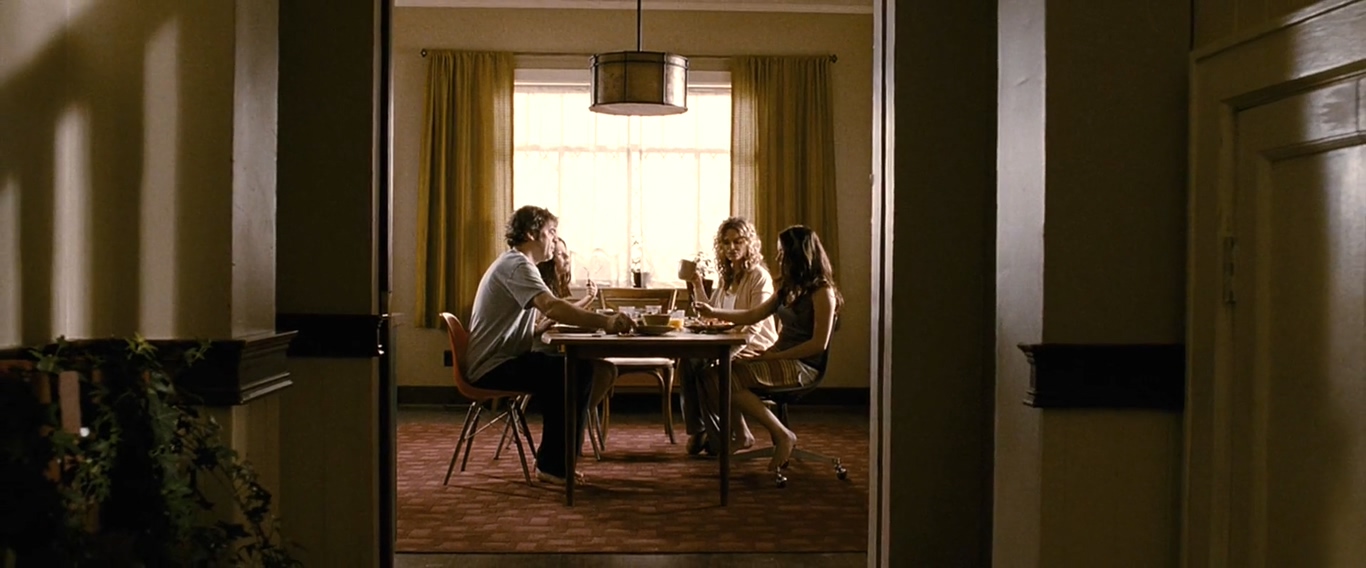
In the final moments of the film, a previous scene where the family sits together at the table to dine is re-enacted, but Clyde has replaced Brett. Previously, when a possessed Emily made Brett’s teeth fall apart, he drove for his life, and it is not sure whether he makes a comeback. But the finality of the film sees Stephanie embracing Clyde, and it looks like a reconciliation between parted spouses. As Clyde tells the priest that the family is “more than perfect,” it seems that he is not going to take the job in North Carolina after all.
Where do the Moths Come From?
The film manages to play with our psychology by visually representing elements of the uncanny. In a scene in the film, Emily’s room is seen to be infested by black moths. In yet another brilliantly contrasted scene at the gas station, the moths seem to come directly out of Emily’s mouth. Yet again, two fingers seem to emerge from Emily’s throat.
On a superficial level, these visual tropes may be connected to the whole ambiance of horror, but if we dig deeper, these symbolic cues unearth latent fears in Emily’s child psychology. Freud said that insects in dreams often hold negative connotations. His writings hold the belief that the manifested image of the invasion of insects signifies the dreamer’s lack of control in life. When seen in the context of the film, little Emily probably finds herself helpless in the aftermath of the divorce of her parents.
While she wants them to be back together, she also understands that it is not in her control. This anxiety about the future manifests in the film in the form of moths and fingers. The ghost, in that regard, is also a shadow of the traumatic past, one that has slowly seeped into the present. The box is said to be of Polish origin, and it supposedly dates back to the 1920s or 30s.
If we connect the dots, the antique box can be directly placed within the turbulent history of the Jewish community in Europe. The Jews of Poland and Eastern Europe were subjected to a horrific genocide at the hands of the Nazis, as the audience may very well know. Ghosts lurk in dark corners of history, and as they come out of antiquity into the present, the horrific atrocities of the past are revealed through the revisiting of interpersonal memory.
Read More: Is The Possession Based on a True Story?

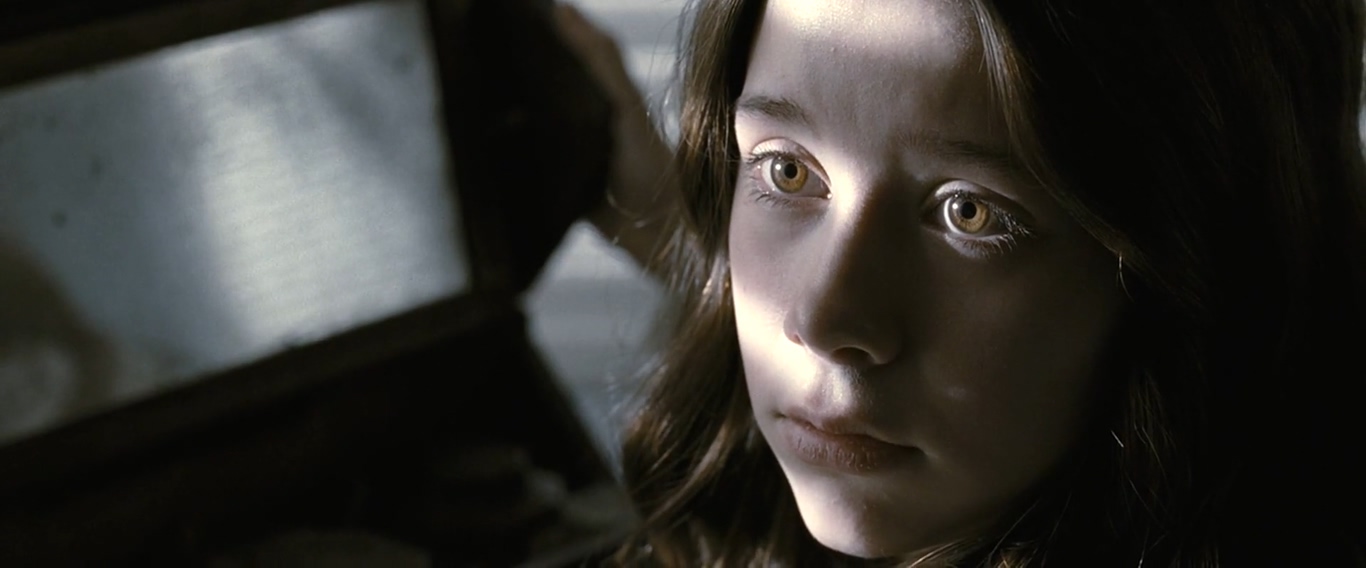
You must be logged in to post a comment.